
Manufacturing
A 48,500㎡ Site with A 17,000㎡ Cleanroom
Equivalent to 7 and 2.5 Soccer Fields
Utilizing our spacious site, we provide turn-key manufacturing—from SMT to final inspection and packaging—all within cleanrooms.
Certified to IATF16949, ISO9001, and ISO14001, our systems ensure production control and traceability tailored to customers’ needs.

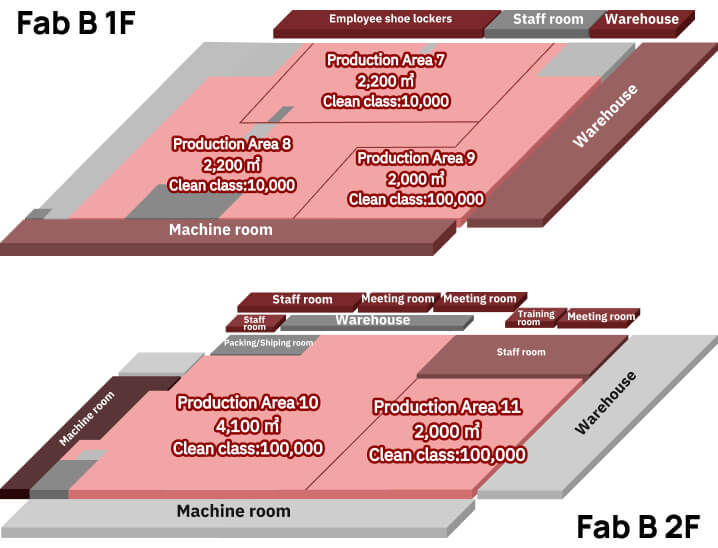
Manufacturing
Process
01 SMT Mounting
We operate a Class 100,000 cleanroom, enabling high-density mounting unaffected by dust. Our flexible feeder setup allows placement of up to 240 components, including ultra-small 0402 chip capacitors.
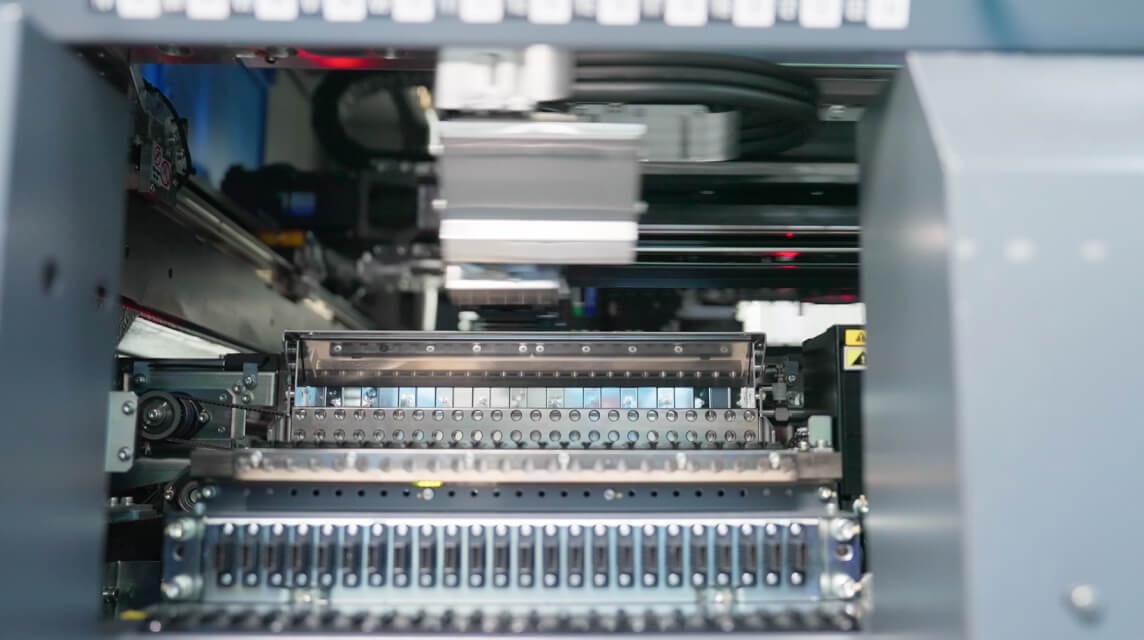
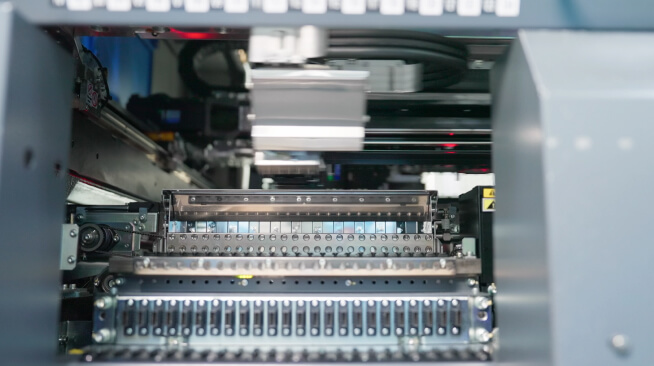
02 Mounting Visual Inspection
Using Automated Optical Inspection (AOI) combined with stereo microscope and manual visual checks, we detect mounting defects and flaws to thoroughly prevent defective products from progressing to subsequent processes.
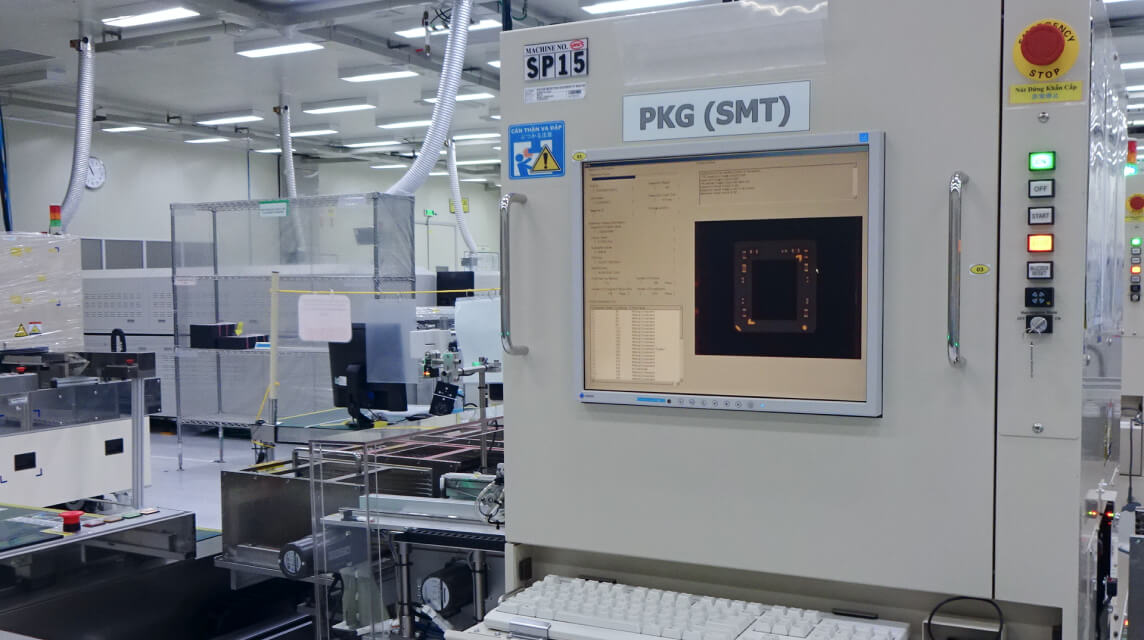

03 Assembly Process
We are equipped with automated systems for dispensing resin, paste, and glue, and for mounting molded components on pre-assembled boards.
We also offer customization and assembly equipment development to meet customer needs.
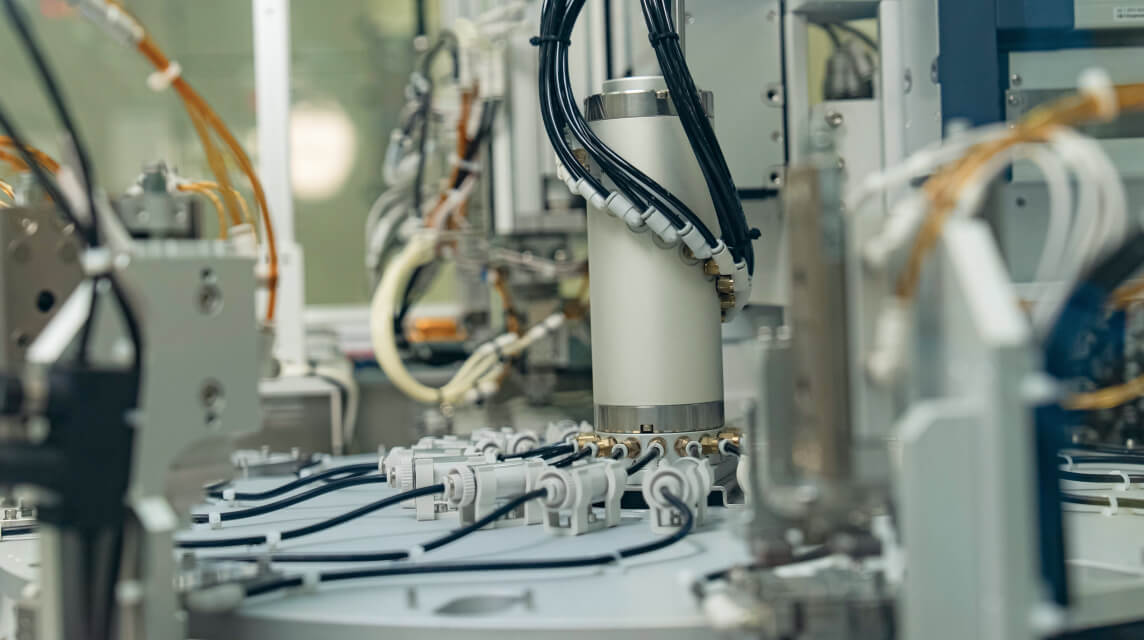
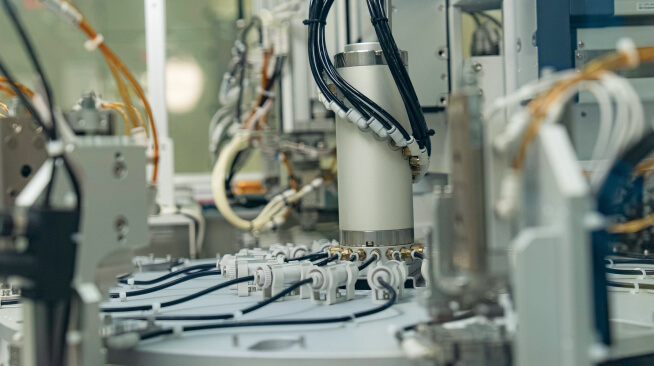
04 Packaging to Shipment
We carry out dust-free packaging within cleanrooms. Individual product serial number scanning and custom labeling ensure full traceability and meet customer-specific packaging needs.

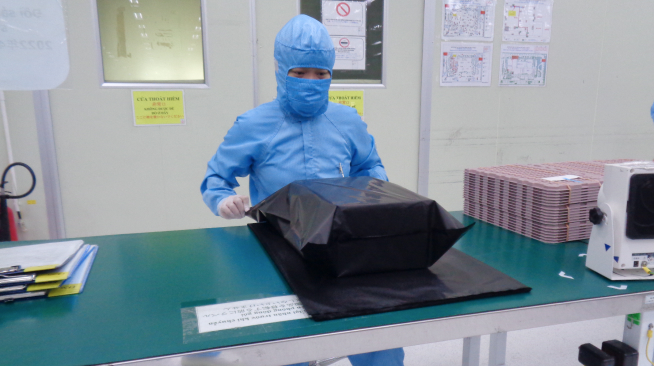
05 Defect Analysis & Reliability Testing
We utilize advanced analysis tools—such as Scanning Electron Microscope (SEM), Energy Dispersive X-ray Spectroscopy (EDX), and Fourier Transform Infrared Spectroscopy (FT-IR)—to identify defects during production and in the market, improving yield and customer satisfaction.
We also conduct in-house reliability testing, including constant temperature exposure, thermal cycling, high humidity, drop shock, and vibration, ensuring quality assurance for both finished and semi-finished products.
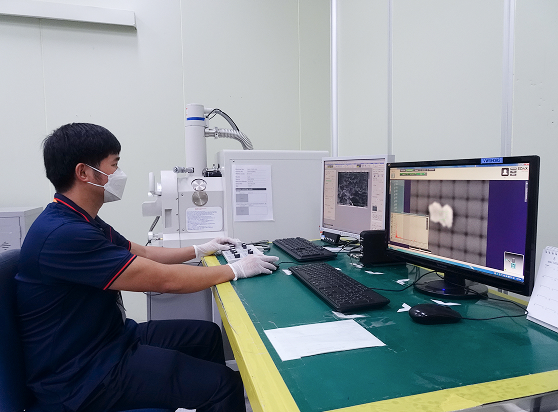

Scanning Electron Microscope (SEM)
Energy Dispersive X-ray Spectroscopy (EDX)
SEM enables high-resolution imaging at the micron level, allowing for detailed visualization of defects and foreign matter, along with compositional analysis and identification of inorganic substances.
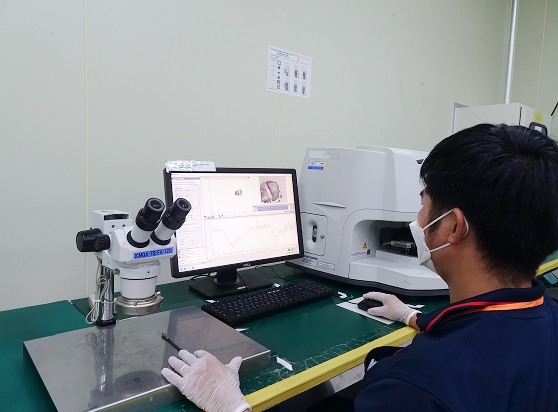
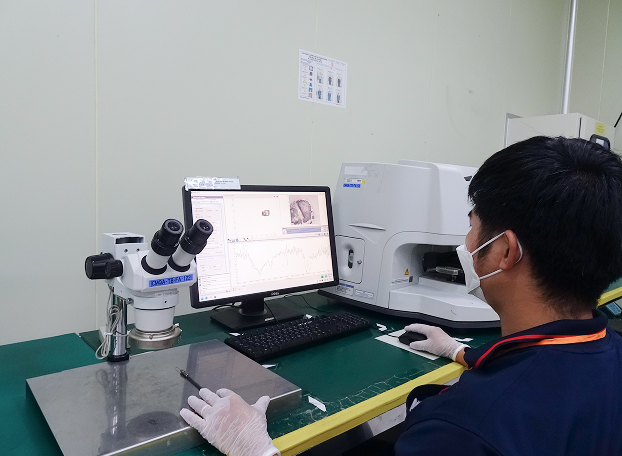
Fourier Transform Infrared Spectroscopy (FT-IR)
Using a well-maintained spectral library, FT-IR identifies organic contaminants such as sebum, resin, adhesives, and molded materials, contributing to defect reduction and quality improvement.
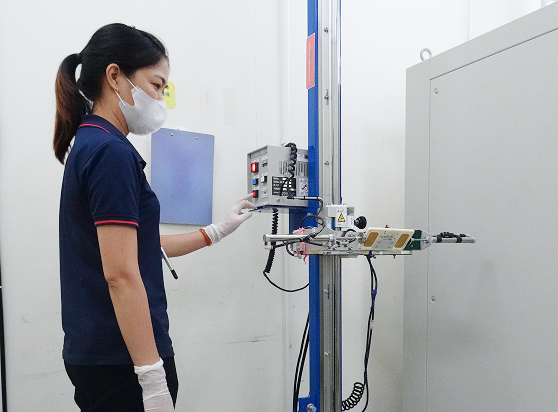
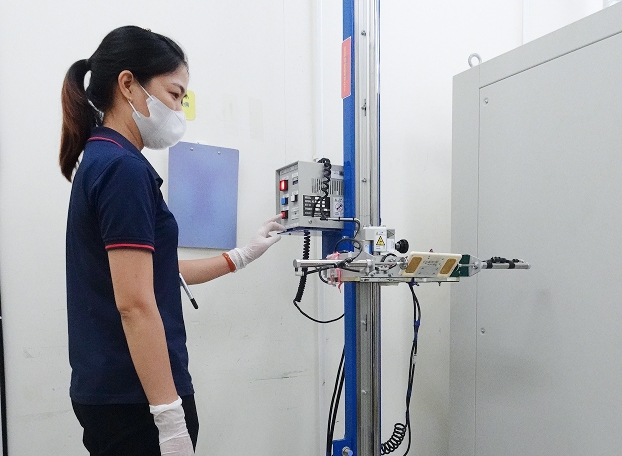
Drop Shock Test Equipment
Products are dropped from specified heights to evaluate product characteristics and verify quality assurance standards.


Thermal Cycle Test Equipment
Applies programmable temperature cycles from -65°C to 200°C to evaluate product characteristics and ensure quality assurance.
Equipment


Wafer Cleaner
Removes contaminants from semiconductor chips using deionized water with static elimination treatment.

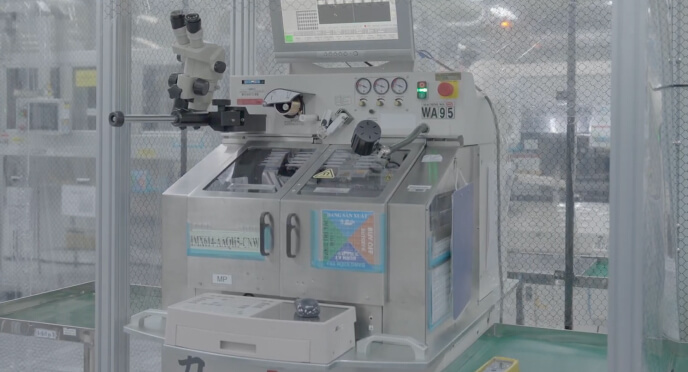
Bump Bonding
Gold electrodes are formed on semiconductor chip pads, enabling electrical connections to corresponding pads on various boards.


Flip Chip Bonding
Semiconductor chips are mounted directly onto the board.


Sensor Cleaning
After mounting the semiconductor chips onto the board, a cleaning process is performed.


ACF Bonding
Connects fine-pitch components, such as FPCs, using anisotropic conductive film (ACF) with high precision and efficiency.


Laser Mark
Engraves QR codes with laser to ensure individual product identification and traceability.


Mark Verification
Reads engraved serial numbers to match products with internal and external packaging for complete traceability.
Entry
Procedure
Wear Cleanroom Garments
To prevent foreign object contamination, designated gloves, caps, dust-proof garments, and boots are properly worn.
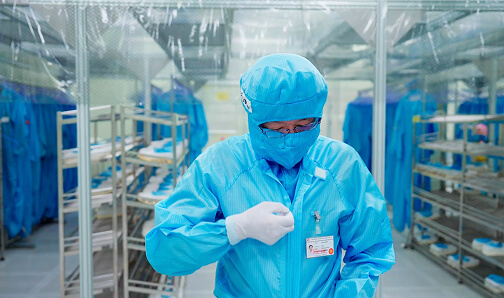
Handwashing
Thoroughly wash and dry hands to remove any dirt or contaminants.
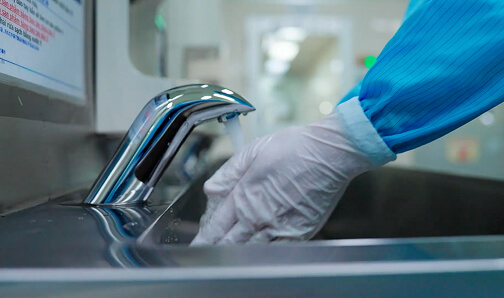
Check ESD Shoes
Conductivity of the shoes is checked as part of static electricity control.
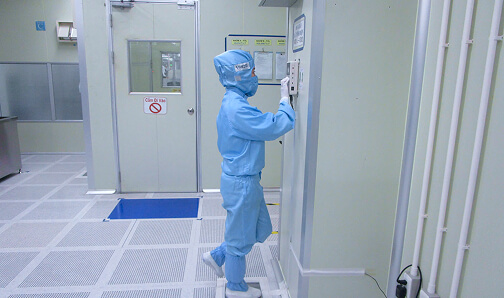
Air Shower & Entry
Jet air removes dust and particles from garments before entering the manufacturing area.

